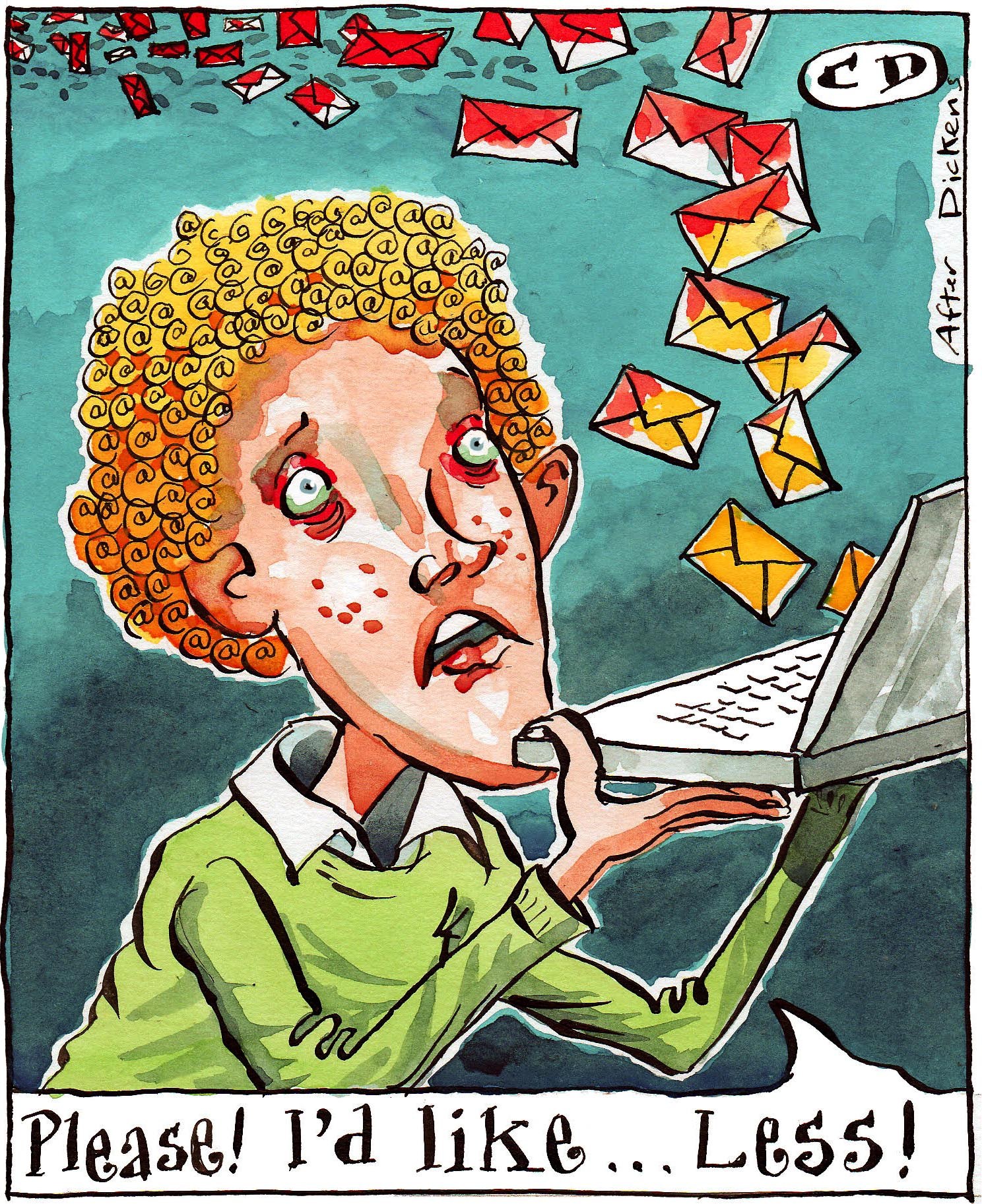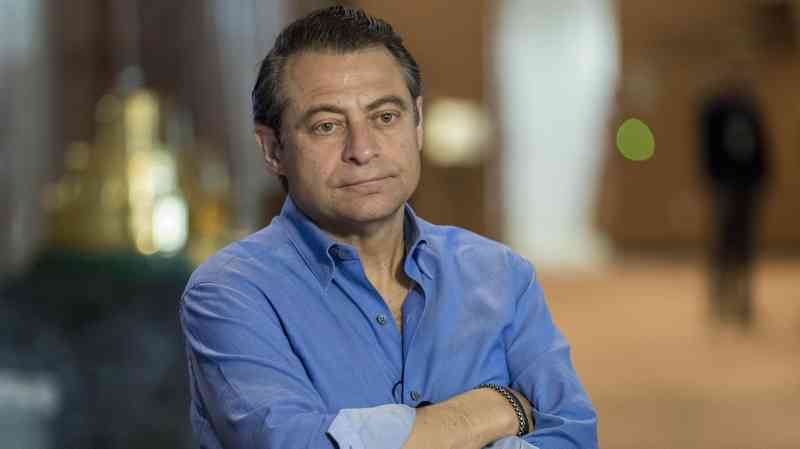Escaping the tyranny of email is an art worth cultivating
Charles Dickens, writing to Maria Winter in 1855, complained bitterly about all the demands on his time. “‘It is only half an hour’ — ‘it is only an afternoon’ — ‘it is only an evening’ — people say to me over and over again,” adding that even five minutes was bad enough. But it was not the time that bothered him the most but “that the mere consciousness of an engagement will sometimes worry a whole day”.
I remembered this last weekend as I fleetingly, but endlessly, remembered that I needed to respond to an important work email that had been sent to me late Friday afternoon. But, first, a sacrosanct Saturday morning run, then a few hours on the road for work and interviewing someone for a magazine, then England’s penalties, then a dinner with friends, then the lawn mowing, then the driving to Sports Direct to ask staff to take the security tag off a child’s shin pads that they failed to remove the previous day, then, well, life.
All of it stopped me sitting down, collecting my thoughts and answering it properly. I finally responded at 9pm on Sunday night. It took no more than 15 minutes of my time, but the mere consciousness of it had worried me all weekend.
That is because the unanswered email has an enervating effect, able to produce a low-level anxiety, a nagging dread that you are in a communication deficit with the sender.
There are now 370 billion emails sent every single day, and while many of those will be from nice Russian ladies with pictures they want to send, they are not the problem. Junk mail, newsletters, updates from a museum whose mailing list you ended up on — they’re fine. Blitzing my inbox of all that stuff is as invigorating a way to start the day as an espresso.
The ones that demand an answer are the problem. A McKinsey report suggested that knowledge workers spent 28 per cent of their average day reading and responding to emails.
Last week I attended the Nudgestock, the entertaining annual ideas festival put on by Ogilvy, the advertising agency. The theme was time, and some of the talkers explored how many businesses falsely assume we value speed over experience, that the rapid self-checkout is better than a slower interaction with a supermarket worker, that 20 minutes shaved off a train journey is superior to a dining car and good onboard wi-fi.
Rory Sutherland, Ogilvy’s vice-chairman, said in his talk: “One of the worst mistakes we ever made was we made email instantaneous. We should have built in a two-hour buffer. Now, everyone has to check their email every ten or fifteen minutes on the off-chance someone has sent them a time-sensitive email. The burden falls on the recipient, not the sender, to sift the urgent messages. It has been a productivity disaster; in fact, a total catastrophe.”
It got a loud laugh because we all know it to be true, yet do nothing about it.
The two-hour buffer is not a new idea. Tim Ferriss, the American investor and podcaster, wrote about a similar idea in his The Four-Hour Workweek, a book that led to a tsunami of thought leaders on LinkedIn wanging on about how they awake at 3am to meditate and schedule date nights before their deal-making.
Ferriss suggested creating an auto-response to all emails, telling people that “due to high workload” you only check email at 9am and 2pm. If it is urgent you can telephone. His suggested sign-off was pure Silicon Valley arrogance: “Thank you for understanding this move to more efficiency and effectiveness. It helps me accomplish more to serve you better.”

A twice-a-day check may work for many emails but it fails to take into account that many fall into the category of “the hyperactive hivemind”, the canny term coined by Cal Newport, professor of computer science and author of A World Without Email. This is where office workers, especially those working from home or the other side of the world, treat email as if it were an always-on collaboration tool, “in which most problems are solved with ad-hoc, back-and-forth messages”, Newport writes. He calls this a “misery-making machine”.
• Slow Productivity by Cal Newport review — how to avoid burn out at work
Batching emails to arrive only every couple of hours or twice a day doesn’t solve this problem, because various colleagues are left in the lurch until you deign to descend from your “deep focus” ivory tower to answer the message.
Newport has various solutions to this, involving moving all collaborative work on to a separate platform, such as Google Docs, complex multiple email accounts, different folders and fiddly two-factor authentication to ensure you can’t casually log in to check an account. He only half jokingly says he’d like a system whereby you have to do 15 push-ups before you can access your emails.
This may work for him, but then again in his book Digital Minimalism he describes how he has no social media accounts and leaves the house without his phone. He already has the willpower to stop incessant checking whether your email inbox has waiting for you an exciting and lucrative job offer or a 10 per cent discount on swimming trunks.
There is a happy medium, however, between Ferriss’s passive aggression and letting the incessant messaging overload you. And that’s embracing an idea the new government is supposedly going to introduce: the right to disconnect.
You will never clear your desk or answer all those emails by Friday close of play. Accept this fact. So why not at Friday, 6pm, set an out-of-office auto-response saying you are away and people should call if there’s anything urgent. Being away could mean a trip to the garden centre; the sender does not need to know this. But at least it stops the mere consciousness of an unanswered email ruining the weekend.
Harry Wallop is a consumer journalist and broadcaster. Follow him on Twitter @hwallop




Post Comment